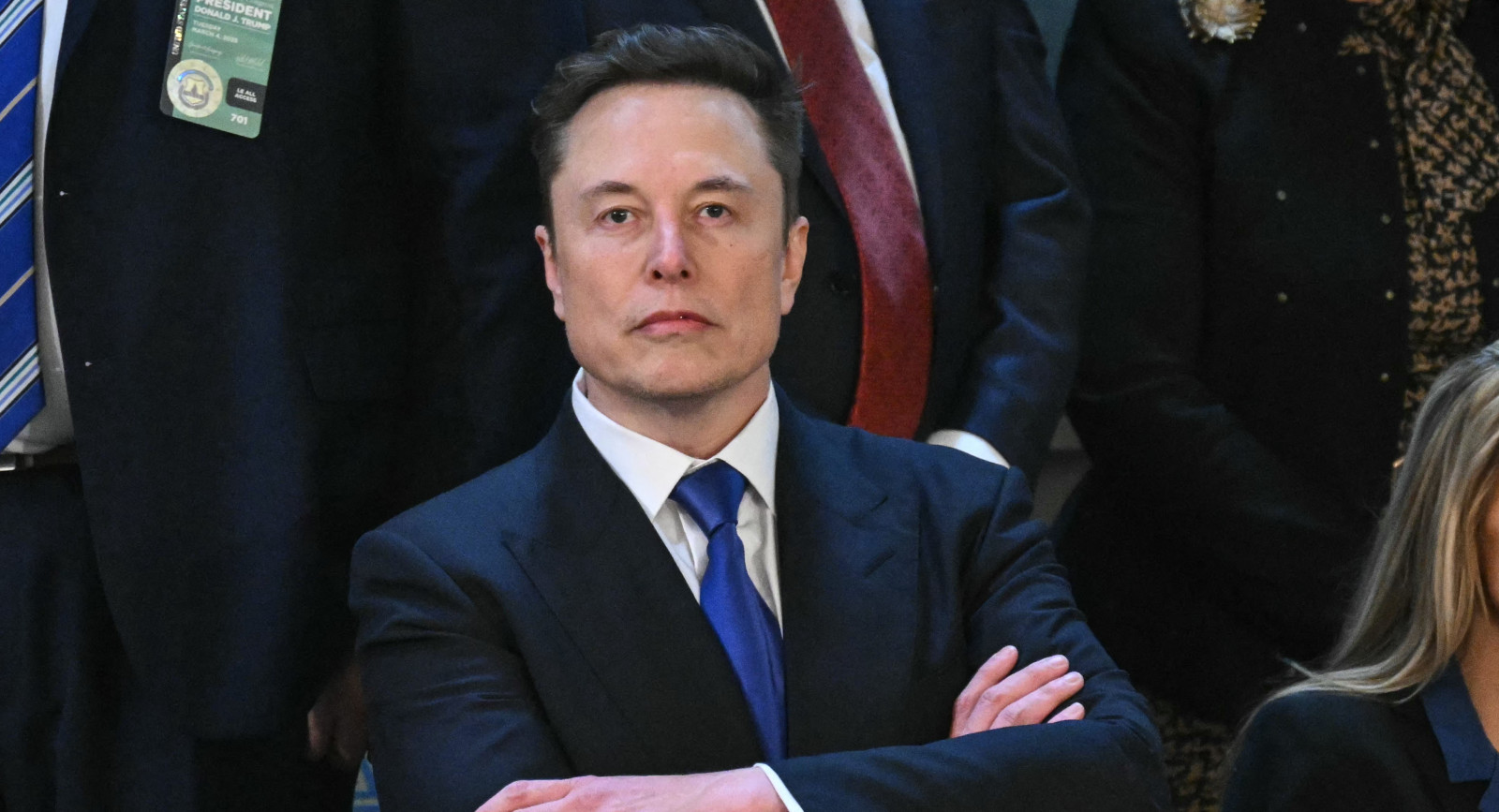In a recent high-profile interview with Senator Ted Cruz (R-TX), Elon Musk delivered a provocative statement regarding certain automated payment systems within the U.S. government. Musk claimed that these “magic money computers” are responsible for generating payments out of thin air, a practice that he argued leaves lawmakers unable to fully grasp the extent of federal spending. This article explores Musk’s revelations, the implications for government transparency and fiscal accountability, and the broader debate surrounding modern monetary theory and regulatory oversight.
Musk’s Comments on “Magic Money Computers”
A. The Podcast Interview: Key Points
During the podcast discussion, Musk made several striking claims about the inner workings of the U.S. government’s payment systems. He explained that he has identified 14 automated systems—referred to as “magic money computers”—operating within the U.S. Treasury and other federal agencies. These systems are allegedly programmed to initiate payments without requiring traditional authorization protocols or verifiable evidence to justify the expenditure.
Musk stated, “They just send money out of nothing,” emphasizing that the existence of these systems undermines the accountability of federal spending. According to him, the phenomenon is not confined solely to the Treasury Department; similar systems exist in other agencies, including Health and Human Services, the State Department, and even the Department of Defense.
B. The Magnitude of the Issue
Musk’s comments suggest that these automated payment systems could be responsible for discrepancies in reported spending figures. He asserted that in departments where these systems are operational, the actual expenditures could be off by as much as five percent when compared to the figures presented to Congress. Senator Cruz, who has engaged deeply with the issue during the podcast, speculated that such irregularities might cumulatively amount to “trillions” of dollars. This projection has sparked significant controversy among fiscal watchdogs and policy experts alike.
C. The Mechanism Behind the Systems
According to Musk, the “magic money computers” function in a manner that defies conventional understanding of government financial processes. Under normal circumstances, it is expected that government computers are interconnected and synchronize data to ensure accuracy and transparency in financial reporting. However, Musk contends that this is not the case. Instead, these isolated systems operate independently, issuing payments without cross-checking against centralized data. This fragmentation in the fiscal reporting process, he claims, results in a scenario where the numbers presented to Congress do not accurately reflect true government spending.
III. The Broader Fiscal Context: Modern Monetary Theory and Federal Spending
A. Understanding Modern Monetary Theory (MMT)
The concept of government spending “out of thin air” is not new and is closely linked with modern monetary theory (MMT). MMT posits that a sovereign nation that issues its own currency, such as the United States, is not constrained in the same way as households or businesses when it comes to spending. The federal government has the capacity to create money as needed to fund its obligations without necessarily relying on tax revenues or borrowing in a conventional sense.
Proponents of MMT argue that this ability enables the government to finance public services, infrastructure projects, and social welfare programs without the burden of excessive deficits. However, critics caution that unchecked money creation could lead to inflation, undermine fiscal discipline, and, in extreme cases, erode the credibility of the national currency.
B. Musk’s Critique in the Context of MMT
Musk’s remarks, while couched in technical language, resonate with broader debates surrounding modern monetary theory. His assertion that government computers are generating payments “out of nothing” challenges the transparency of federal fiscal operations. By highlighting the presence of these autonomous payment systems, Musk appears to be questioning whether the processes by which the government creates and disburses money are being adequately monitored.
This critique is particularly significant given that the federal government is not a typical household budget where every dollar must be pre-funded. Instead, as the issuer of the U.S. dollar, the government’s ability to create money is fundamental to its financial operations. Nonetheless, Musk’s emphasis on the lack of accountability and the potential for significant discrepancies in spending figures calls for a re-examination of how these processes are managed and reported.
C. The Role of DOGE in Exposing Fiscal Inefficiencies
Musk’s comments were supported by findings from DOGE, his research initiative dedicated to improving government efficiency and exposing fiscal waste. According to Musk, DOGE’s investigation uncovered that the Treasury Department and other agencies are utilizing these “magic money computers” without the rigorous checks and balances that should accompany federal financial transactions. The implication is that the presence of these systems prevents lawmakers from having a complete and accurate picture of federal spending.
This revelation has significant implications for congressional oversight. If the true scale of federal outlays is obscured by the autonomous functioning of these systems, then the legislative branch may be operating on incomplete data when setting fiscal policies or conducting budget reviews. This disconnect could potentially lead to misinformed policy decisions, misallocation of public resources, and a broader erosion of trust in government fiscal management.
🚨MAGIC MONEY ALERT🚨@elonmusk says numerous government computers can make payments by creating money out of thin air without an actual ledger.
SENATOR TED CRUZ: So how does that work?
ELON MUSK: It just issues payments. pic.twitter.com/AWfGDf5GDh
— Breanna Morello (@BreannaMorello) March 17, 2025


